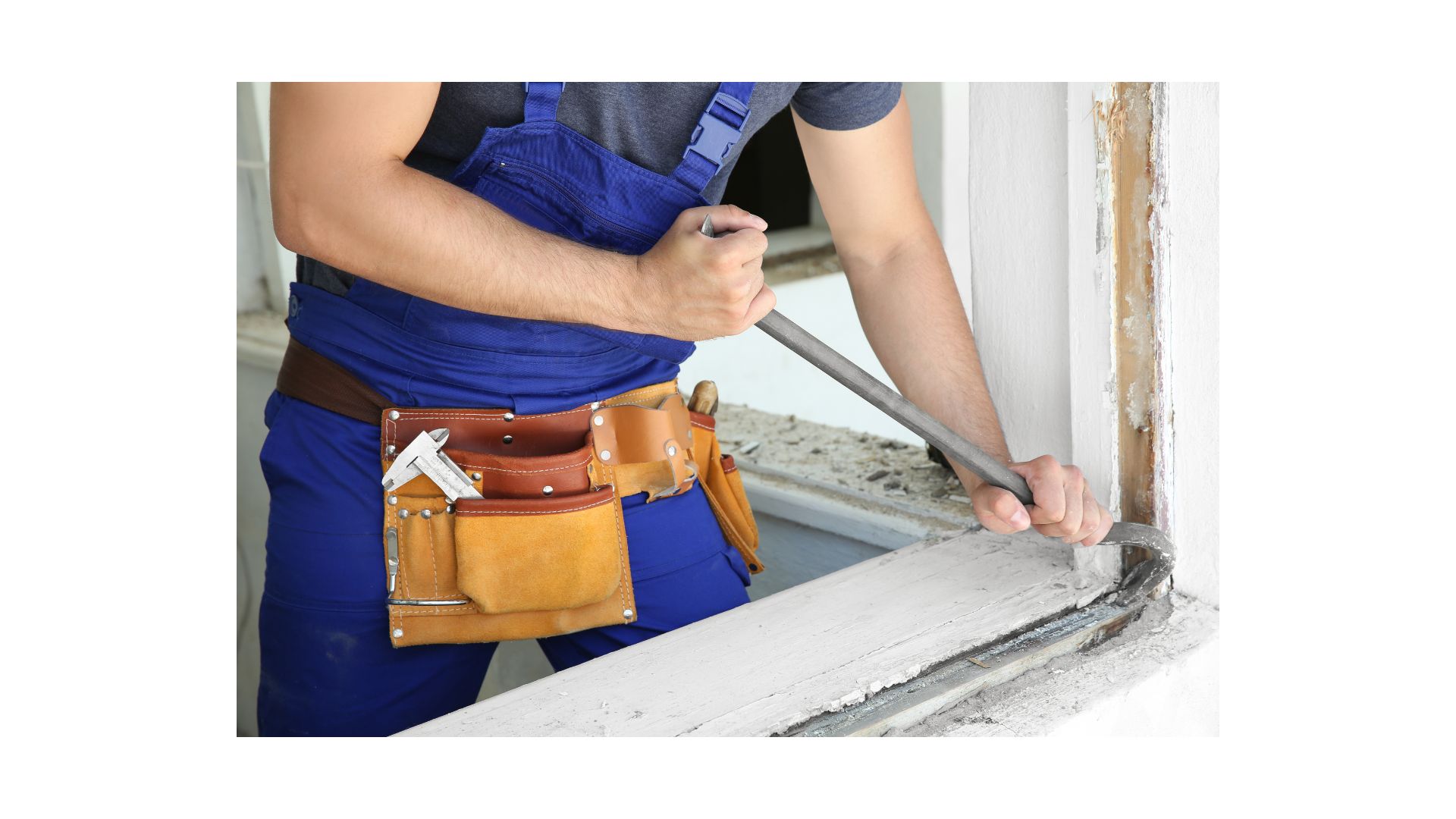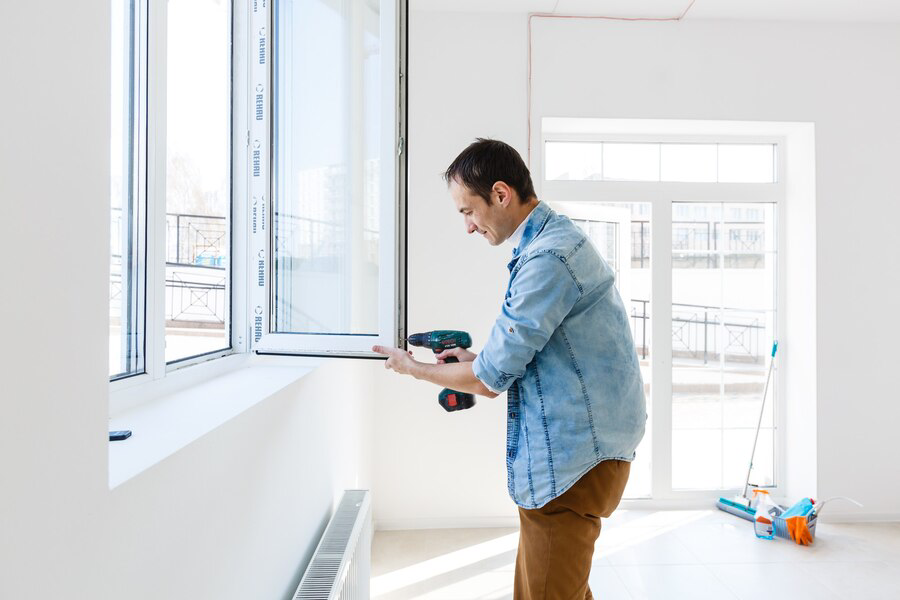
The Hidden Costs of Delaying Window Replacement
Are your windows showing signs of wear and tear? Perhaps you’ve noticed drafts creeping in or difficulty in opening and closing them. While delaying window replacement may seem like a cost-saving measure in the short term, the hidden costs can add up significantly over time. One of the most immediate impacts of delaying replacement is energy inefficiency. Old or damaged windows allow heat to escape during winter and cool air to seep out in summer, leading to higher utility bills year-round. Moreover, compromised windows can compromise your home’s security, making it more vulnerable to intrusions. Beyond these practical concerns, outdated windows can detract from your home’s aesthetic appeal and potentially lower its resale value. In this blog, we’ll explore these hidden costs in more detail, providing insights into why timely window replacement is not just about maintaining comfort and aesthetics but also about ensuring long-term savings and security for your home.
Introduction to Window Replacement Delays
Replacing windows is often a task that homeowners postpone due to various reasons—budget constraints, lack of awareness about the benefits, or simply overlooking the signs of wear and tear. However, delaying window replacement can have significant consequences that extend beyond mere aesthetics. In this blog post, we delve into the hidden costs and implications of putting off window replacement, aiming to educate homeowners on why timely action is crucial.

Common Reasons for Delaying Window Replacement
Many homeowners delay window replacement for several reasons. One common rationale is the perceived cost involved in upgrading windows, which can deter individuals from addressing the issue until absolutely necessary. Others may delay due to lack of time or awareness about the potential benefits of modern, energy-efficient windows. However, failing to address window replacement needs promptly can lead to increased expenses and decreased comfort in the long run.
Energy Efficiency Impact of Old Windows
Older windows are typically less energy-efficient than newer models designed to meet modern standards. Drafts, poor insulation, and inefficient sealing are common issues that can significantly impact a home’s energy consumption. Over time, this inefficiency can result in higher heating and cooling bills, ultimately costing homeowners more than the initial investment in new windows.
Structural Integrity and Maintenance Costs
Windows play a crucial role in maintaining a home’s structural integrity. Over time, wear and tear can compromise their ability to withstand weather conditions, leading to leaks, water damage, or mold growth. Addressing these issues early through timely window replacement can prevent more extensive and costly repairs down the road.
Impact on Home Value and Resale Potential
The condition of windows is a significant factor in determining a home’s value and attractiveness to potential buyers. Outdated or poorly maintained windows can detract from curb appeal and lower the perceived value of a property. By investing in new windows before listing a home for sale, homeowners can enhance its marketability and potentially negotiate a higher selling price.
Indoor Comfort and Air Quality
Drafty or inefficient windows can compromise indoor comfort by allowing outside air to enter and conditioned air to escape. This can create uneven temperatures throughout the home and contribute to increased humidity levels, potentially leading to discomfort and health issues for occupants. New windows with improved insulation and sealing can help maintain a comfortable indoor environment year-round.
Structural Damage and Repair Costs Due to Delayed Window Replacement
Windows are not just aesthetic features of a home; they play a critical role in its structural integrity. Over time, windows can deteriorate due to weather exposure, wear and tear, and aging materials. Delaying the replacement of old or damaged windows can lead to significant structural issues, potentially resulting in costly repairs. In this blog post, we explore the consequences of neglected window maintenance and highlight the importance of timely replacement to avoid structural damage and mitigate repair costs.
Common Causes of Window-Related Structural Damage
There are several common causes of structural damage associated with neglected windows. One primary issue is water infiltration caused by leaks or improper sealing around windows. Over time, water can penetrate window frames and surrounding walls, leading to rot, mold growth, and even compromising the structural integrity of the building. Additionally, prolonged exposure to harsh weather conditions can accelerate the deterioration of window materials, further exacerbating these issues.
Effects of Water Damage on Building Materials
Water damage resulting from faulty windows can have far-reaching effects on various building materials. Wooden window frames are particularly susceptible to rot when exposed to moisture over time. Rot can weaken the structural integrity of the frame, affecting its ability to support the window and the surrounding wall. In severe cases, water damage can extend beyond the window area, impacting drywall, insulation, and even foundational elements if left unchecked.
Mold and Mildew Growth Due to Moisture Infiltration
Moisture infiltration through damaged or inefficient windows creates a conducive environment for mold and mildew growth. Mold can proliferate in hidden areas such as within wall cavities or underneath window sills, posing health risks to occupants and requiring extensive remediation efforts. Timely window replacement can prevent the buildup of moisture and mitigate the risk of mold infestation, safeguarding both the structural integrity and indoor air quality of the home.
Impact of Structural Damage on Energy Efficiency
Damaged or poorly insulated windows contribute to energy inefficiency by allowing heat transfer between the interior and exterior of the home. In winter, cold air drafts can enter through gaps or cracks in windows, forcing heating systems to work harder to maintain a comfortable temperature. Conversely, during hot weather, inefficient windows can allow solar heat gain, increasing cooling demands. Addressing structural damage through window replacement helps maintain consistent indoor temperatures and reduces energy consumption over time.
Financial Costs of Repairing Structural Damage
Repairing structural damage caused by neglected windows can be costly and disruptive. The extent of repair costs depends on factors such as the severity of damage, materials affected, and labor required for remediation. Common repair expenses may include replacing rotted window frames, repairing water-damaged walls or ceilings, addressing mold remediation, and restoring insulation and interior finishes. By investing in timely window replacement, homeowners can avoid these substantial repair costs and minimize the inconvenience associated with extensive renovations.
Environmental Impact and Sustainability of Window Replacement
Replacing old windows with energy-efficient models can have significant positive impacts on the environment. Energy-efficient windows reduce energy consumption, lower greenhouse gas emissions, and promote sustainability. In this blog post, we explore how window replacement contributes to environmental conservation and why it’s an important consideration for homeowners.
- Energy Efficiency: Energy-efficient windows reduce the need for heating and cooling, decreasing carbon emissions associated with energy production.
- Resource Conservation: Modern window materials are often recycled or sustainable, reducing the environmental impact of manufacturing.
- Longevity and Durability: High-quality windows have longer lifespans, reducing waste and the need for frequent replacements.
- Indoor Air Quality: Improved seals and insulation in new windows can enhance indoor air quality by reducing drafts and pollutants.
Conclusion
The decision to delay window replacement can lead to unforeseen costs and complications that outweigh the initial savings. From increased energy bills to potential structural damage and decreased property value, these hidden costs can significantly impact homeowners. By understanding the risks associated with delaying window replacement, homeowners in Strongsville, Ohio, can make informed decisions to protect their homes and investments.
If you’re in Strongsville, Ohio, and concerned about the condition of your windows, EZ Window Solutions is here to help. Our team specializes in efficient and affordable window replacement services tailored to meet your needs. Don’t wait until the hidden costs add up—contact us today at +1 440-230-3838 to schedule a consultation or visit our website for more information on how we can improve the comfort, energy efficiency, and value of your home with our expert window solutions.


Write a Comment